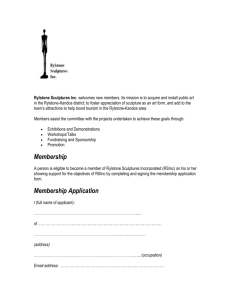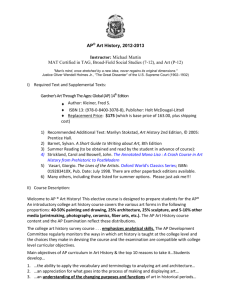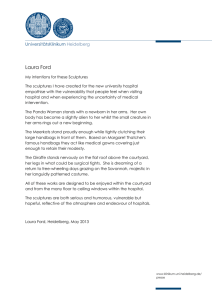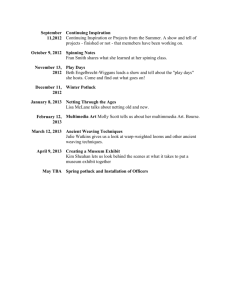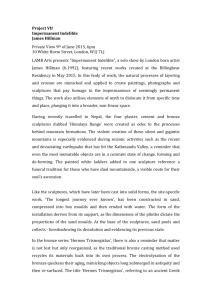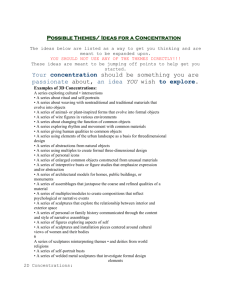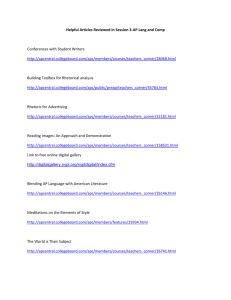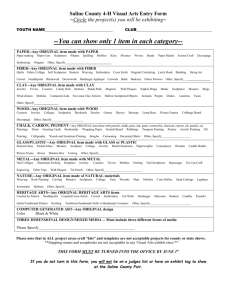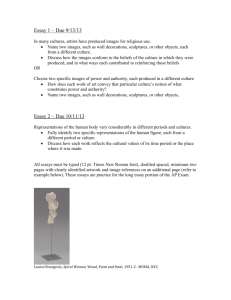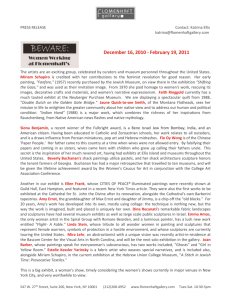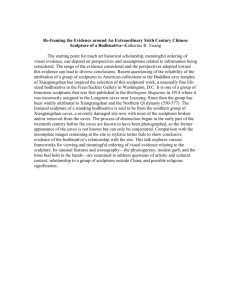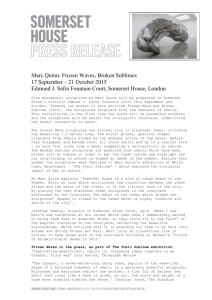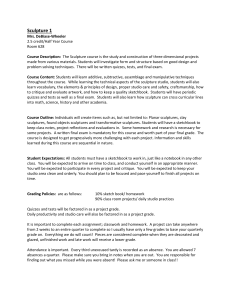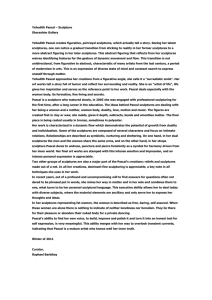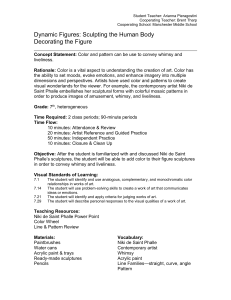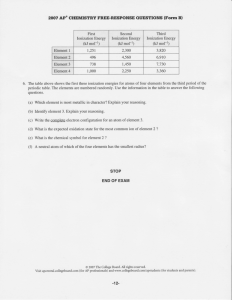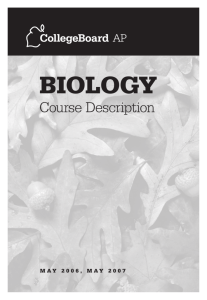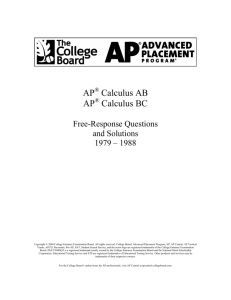TIPS for SUCCESSFUL CONCENTRATIONS - Stjohns
advertisement
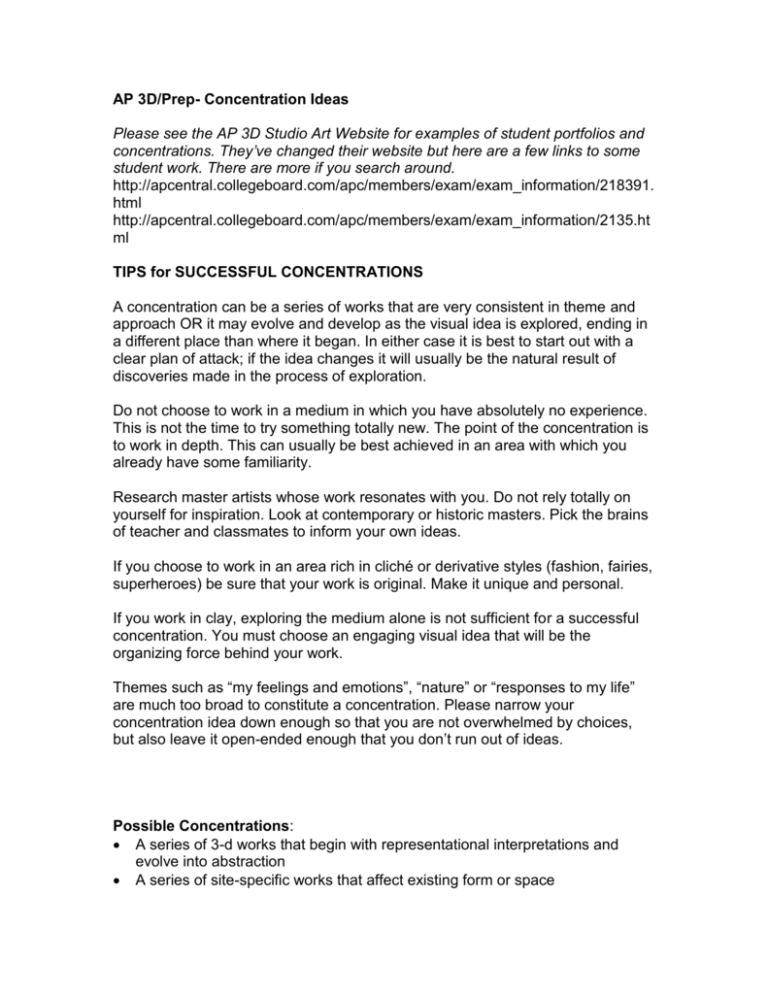
AP 3D/Prep- Concentration Ideas Please see the AP 3D Studio Art Website for examples of student portfolios and concentrations. They’ve changed their website but here are a few links to some student work. There are more if you search around. http://apcentral.collegeboard.com/apc/members/exam/exam_information/218391. html http://apcentral.collegeboard.com/apc/members/exam/exam_information/2135.ht ml TIPS for SUCCESSFUL CONCENTRATIONS A concentration can be a series of works that are very consistent in theme and approach OR it may evolve and develop as the visual idea is explored, ending in a different place than where it began. In either case it is best to start out with a clear plan of attack; if the idea changes it will usually be the natural result of discoveries made in the process of exploration. Do not choose to work in a medium in which you have absolutely no experience. This is not the time to try something totally new. The point of the concentration is to work in depth. This can usually be best achieved in an area with which you already have some familiarity. Research master artists whose work resonates with you. Do not rely totally on yourself for inspiration. Look at contemporary or historic masters. Pick the brains of teacher and classmates to inform your own ideas. If you choose to work in an area rich in cliché or derivative styles (fashion, fairies, superheroes) be sure that your work is original. Make it unique and personal. If you work in clay, exploring the medium alone is not sufficient for a successful concentration. You must choose an engaging visual idea that will be the organizing force behind your work. Themes such as “my feelings and emotions”, “nature” or “responses to my life” are much too broad to constitute a concentration. Please narrow your concentration idea down enough so that you are not overwhelmed by choices, but also leave it open-ended enough that you don’t run out of ideas. Possible Concentrations: A series of 3-d works that begin with representational interpretations and evolve into abstraction A series of site-specific works that affect existing form or space Abstractions developed from natural or mechanical objects Wheel-thrown or hand-built clay objects that allude to human/animal forms The use of multiples/modules to create and disrupt 3-dimensional space A series of sculptures that explore the relationship between interior and exterior space A series of sculptural teapots Sculptures using roller coasters as an inspiration Sculptural forms using weaving as a starting point Sculptures using musical instruments as an inspiration Series of architectural models for homes, public buildings or monuments Assemblages that juxtapose the coarse and refined qualities of a material Ceramic project in which wheel thrown and hand-built vessels demonstrate inventive thinking and proficiency with form Personal or family history communicated through the content and style of narrative or poetic assemblage A series of sculptures that investigate the formal design elements and principles A series of thrown and hand-built ceramics that were enhanced by the attachment of appendages, reminiscent of sea anemones- theme: “Horned Pots A series about weaving with nontraditional and traditional materials that evolve into objects A series of animal or plant inspired forms A series about changing the function of common objects A series giving human qualities to common objects A series of enlarged common objects constructed from unusual materials

